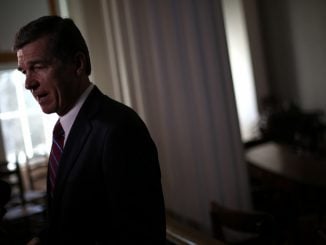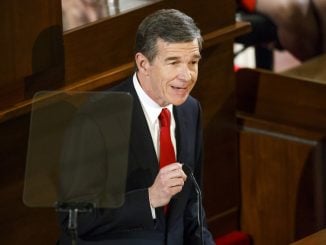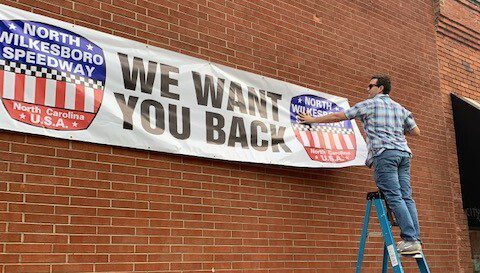
No one involved with NASCAR really wanted to leave North Wilkesboro Speedway when the racing series said goodbye to the historic track in 1996.
But the sport was growing and becoming more popular nationwide, so the decision was made to abandon the aging facility for newer, bigger — and more importantly, more profitable — venues in untapped markets around the country.
Although the 5/8-mile oval was left to rot in the elements, with support buildings falling down and weeds growing through cracks in the pavement, it was never forgotten. A movement to restore North Wilkesboro to its past glory began almost as soon as Jeff Gordon took the checkered flag to win the final Cup race at NASCAR’s first sanctioned track.
A quarter century later, the effort may just now be starting to gain traction.
After 25 years and at least one unsuccessful attempt at bringing racing back, the dream of a North Wilkesboro rebirth, like a line of racers picking up speed behind a pace car, is finally starting to build momentum.
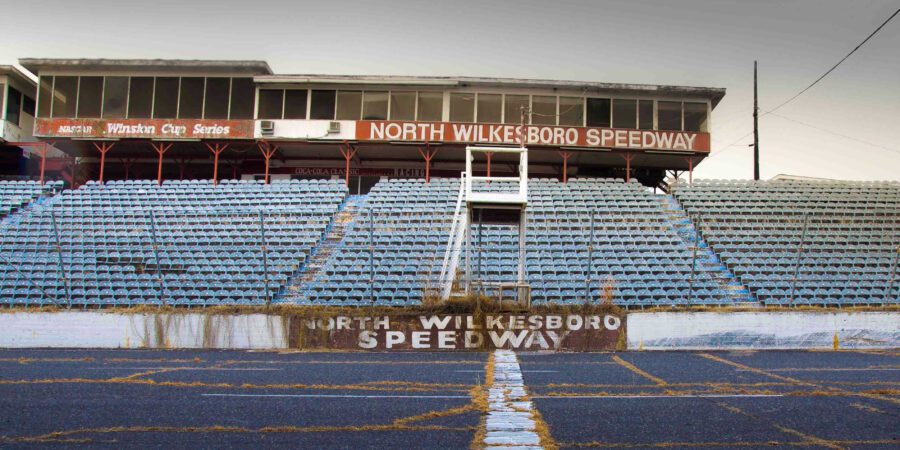
“We’ve all had our hopes up and dashed, hopes up and dashed so many times here, but it’s extremely serious this time,” said Terri Parsons, whose NASCAR champion husband Benny won the 1979 race on his home track and is a driving force in the restoration crusade.
“The biggest question I get asked is, ‘What makes this different?’ The difference is that this time it’s the owners that are looking to reopen the track.”
It’s a commitment clearly stated by Marcus Smith, president and CEO of Speedway Motorsports Inc., when he said on a recent podcast with retired NASCAR star Dale Earnhardt Jr. that his company — which also owns Charlotte Motor Speedway — hasn’t forgotten North Wilkesboro.
Smith’s comment, along with interest shown by Earnhardt and current driver Joey Logano, fueled a spark of optimism throughout Wilkes County. Within days, signs, billboards and storefront marquees went up letting SMI and NASCAR know “We want you back.”
While prominent members of the business community including Camping World CEO and NASCAR Truck Series sponsor Marcus Lemonis pledged their financial support, the most significant boost to the campaign came last Wednesday when Gov. Roy Cooper allocated $10 million in American Rescue Plan grants to North Wilkesboro for “infrastructure and repairs.”
Similar grants were also given to another dormant track in Rockingham, as well as Charlotte Motor Speedway, which continues to host two Cup Series events each year.
“The proposed allocations from the American Rescue Plan can have a significant impact on renovating parts of Charlotte Motor Speedway as well as starting restoration efforts at North Wilkesboro,” Smith said in a statement issued after the grants were announced. “Our team at Speedway Motorsports will get to work on the best ways these funds could be utilized.”
For Steven Wilson, who has been involved with a group known as Save The Speedway for more than two decades, the recent spike in interest and infusion of cash has suddenly transformed the vision of attending races at North Wilkesboro again from an unrequited dream to a realistic goal.
“The effort here has a prevailing wind now, and it’s aided by the fact that you have the owner of the track working to see things through,” Wilson said. “They’re trying to shake things up.”
Getting the track back in working order, however, is only half the battle. Even if it happens and racing does return, there’s no guarantee NASCAR will be open to adding North Wilkesboro back to the schedule of its most prestigious series.
There are some positive signs, though.
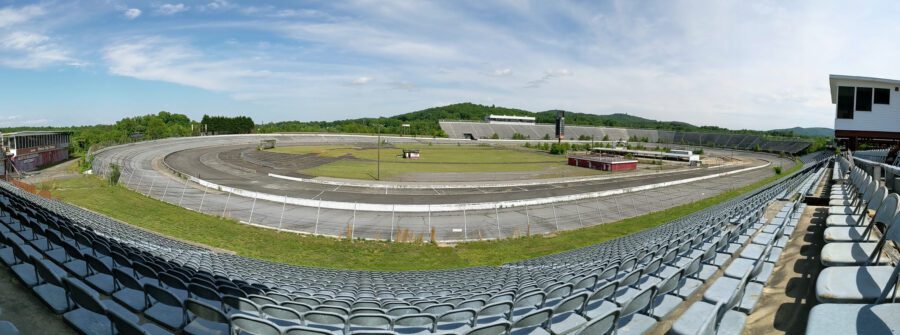
First and foremost is NASCAR’s shift in focus from the cookie-cutter 1½-mile tracks that became its staple in the late 1990s and early 2000s to more road course and short track races.
The popularity of those different formats and a desire to bring more races in areas closer to its traditional fan base led NASCAR to pull one of its two races at Dover International Speedway on Delaware and award it to Nashville Superspeedway in Gladeville, Tennessee.
There are also efforts to bring NASCAR back downtown Nashville’s Fairgrounds Speedway, which held Cup races until 1984 and is the oldest continually operating track in the country.
But because of a dispute over who will pay for improvements for the facility, it’s uncertain whether a Cup race will be held there. It’s an impasse that could open the door for North Wilkesboro.
“Watching Nashville doing petitions telling them they don’t want (NASCAR) there is really timely,” Parsons said. “What a great time for us to say, ‘You’ve got a hard time going on in Nashville, well, here we are. We want you to come back.’ How many local people are there telling you that?
“Racing started with the revenuers chasing the moonshiners. Well, hello, here we are in Wilkes County.”
North Wilkesboro Speedway was built by resident Enoch Stanley, who was impressed by the crowds he saw at a race in South Carolina. It opened in 1947 and held its first NASCAR race, won by Bob Flock, two years later.
Among the other winners at the track are Hall of Famers Richard Petty, Dale Earnhardt Sr., Darrell Waltrip and Junior Johnson, a Wilkes County native who, like many other early racers, got his start outrunning the authorities in souped-up cars transporting bootleg whiskey.
North Wilkesboro’s demise began when Marcus Smith’s father, Bruton, bought half the track and moved one of its two dates to Texas Motor Speedway. A few years later, the other half was sold and the remaining date moved to New Hampshire.
Racing returned briefly in 2010-11 with several minor events, including a Pro All-Star Series race won by the current NASCAR Cup champion Chase Elliott, who was 14 at the time. But interest quickly waned.
Linda Cheek, president of the Wilkes County Chamber of Commerce, said the return of even one Cup race a year would have a tremendous impact on an are whose local economy is already seeing a steady uptick.
“The two races that we lost had about a $34 million regional economic impact in the high country and Yadkin Valley area because people would stay throughout the region,” she said. “So if we got one at this time it would probably be at least half of that if not more. That would be huge for rural communities, and we need those types of events and support because there’s a domino effect to that. If you have one big event like that, others are likely to follow.”

